Seville was founded by Tartessians and occupied by Romans, Visigoths and Muslims before its reconquest in 1248
By Nick Nutter | Updated 11 Jul 2024 | Seville | Cities |
Login to add to YOUR Favourites or Read Later
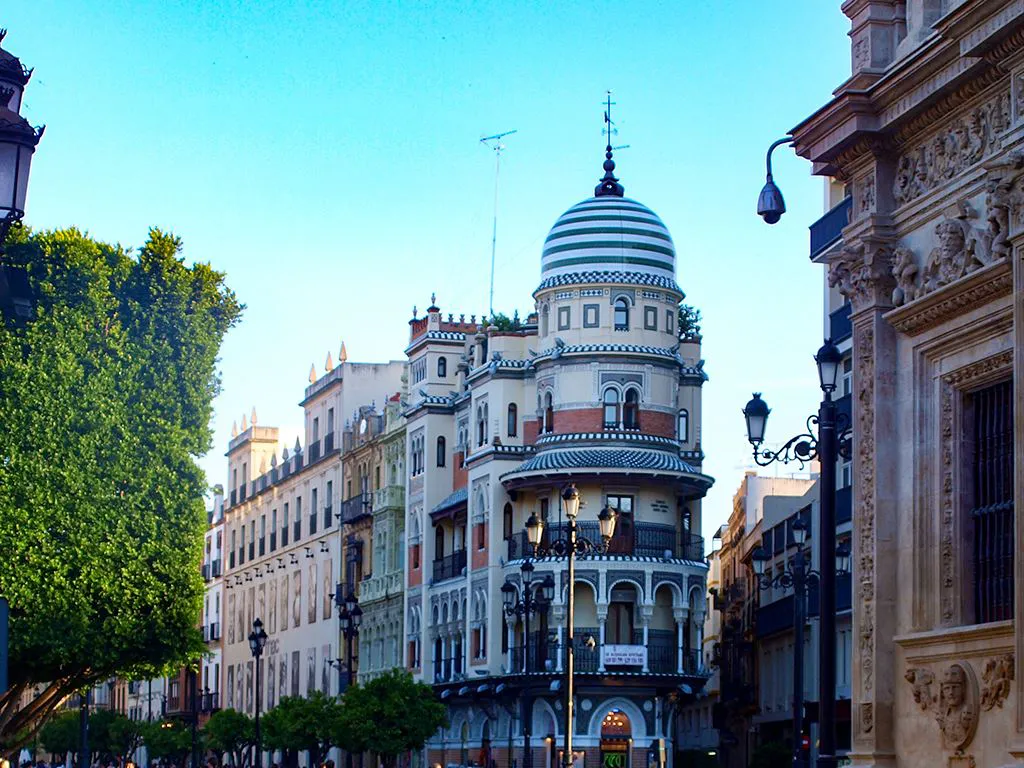
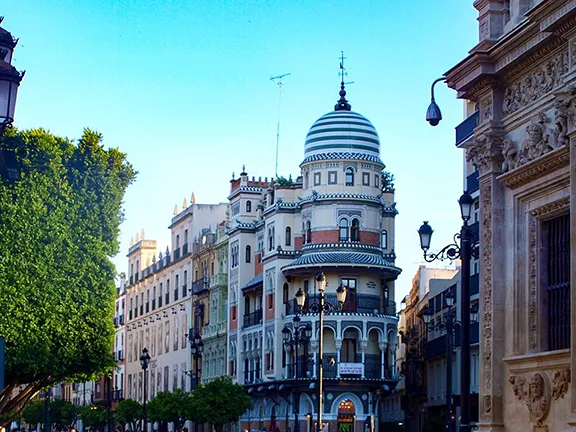
Seville
Two hundred kilometres north of the Costa del Sol is the capital city of Andalucia - Seville. The city is situated on the River Guadalquivir at the highest point of navigation for seagoing ships, and the broad, slow flowing river still dominates the city. Since its founding, in the 9th Century BC, the city has been a centre of trade, originally occupied by the native people of the area, the Tartessians. The Phoenicians, with whom the Tartessians traded called the settlement Hisbaal.
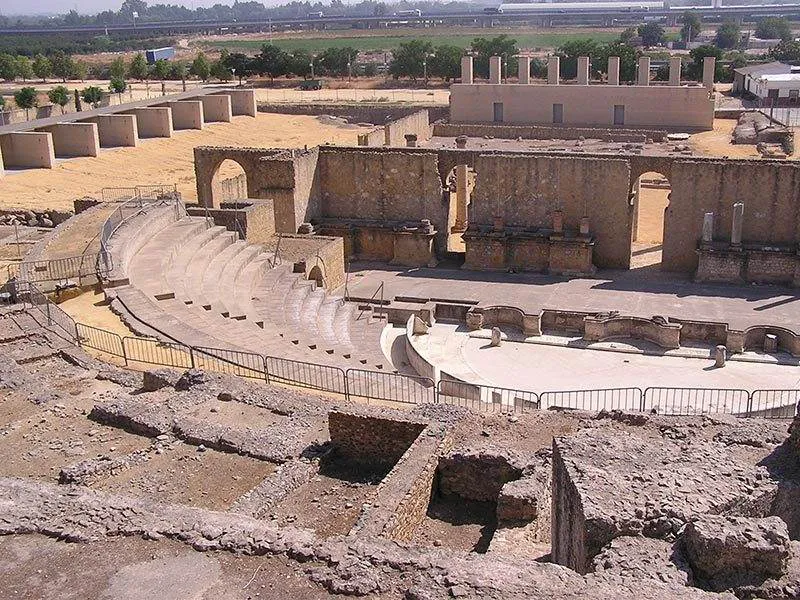
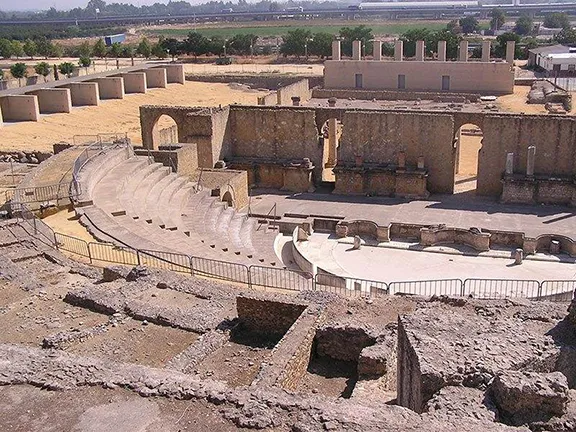
Roman Theatre Italica
At the end of the 3rd Century BC, the city was sacked by the Carthaginians and then rebuilt by the Romans. Almost simultaneously, in 206 BC, the city of Italica was founded five kilometres north west of Seville. The first mention of the name Hispalis is found in 49 BC, just four years before Julius Caesar granted it the status of Colonia. Hispalis developed into one of the great market and industrial centres of Hispania, while Italica remained a typically Roman residential city.
The city prospered until 426 AD when the Vandal King Gonderic captured it. In 429 the Vandals departed for Tunisia for new conquests and plunder only to be replaced by the Suevi. Their temporary occupation came to an end in about 527 AD when the Visigoths arrived.
Seville was briefly captured by Musa ibn Nusayr in the late summer of 712, while he was on his way to Mérida. As soon as he left to continue his journey to Mérida, the Visigothic population, which had fled to Beja, returned. Seville was retaken in July 713 by troops led by his son Abd al-Aziz ibn Musa.
During the Muslim era, Ixvillia (or Ishbiliyah) as they called it, earned prominence. It served as the Almoravid (1086 - 1146 AD) and Almohad (1146 - 1230 AD) capital in Spain. Seville often competed with Córdoba as a centre of learning and wealth.
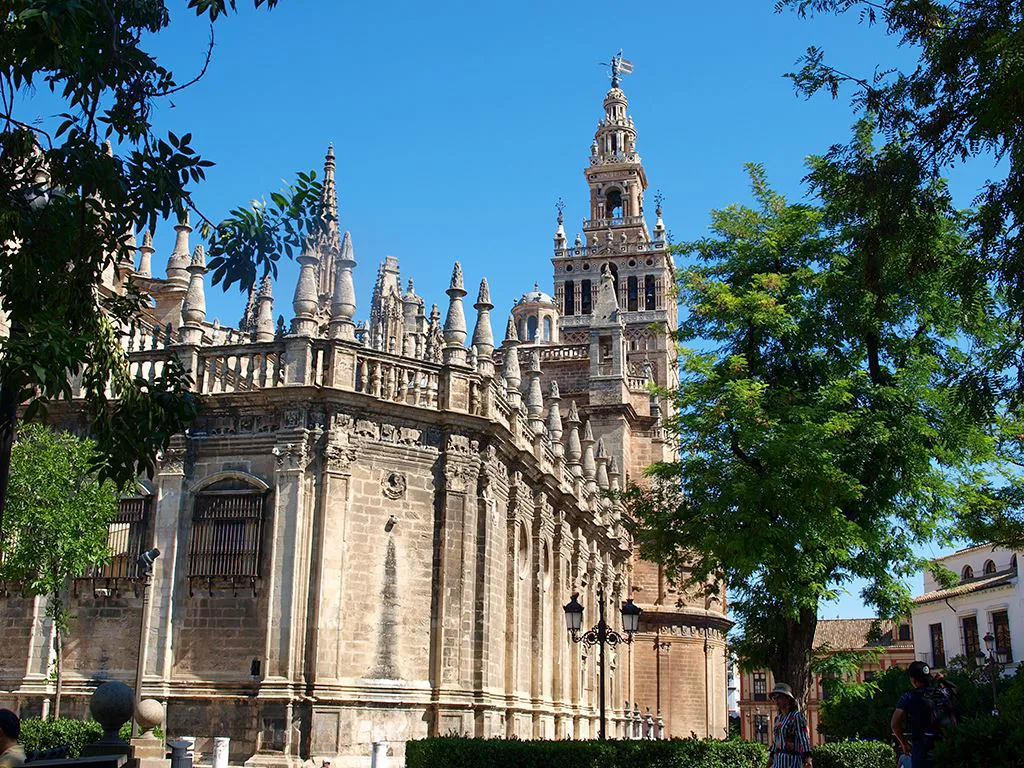
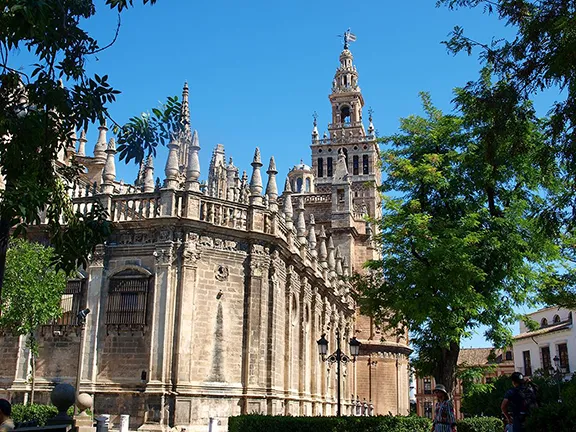
Gothic Seville Cathedral and Giraldi Tower
After Vikings attacked the city in the mid-9th century, the Umayyad amir Abd al-Rahman II built a naval fleet and series of watchtowers to protect his realm. During the era of the petty kingdoms, or taifas, Seville became a shining city under the poet-king al-Mutamid.
Fernando III of Castile, who prized the city, conquered it in 1248. Legend says he rode his steed up the ramps inside La Giralda — the 320-ft. tall minaret of Seville’s large congregational mosque — to proclaim his victory.
Public buildings were constructed including churches—many of which were built in the Mudéjar and Gothic styles—such as the Gothic Seville Cathedral, built during the 15th century. The famous Giraldi Tower was the minaret for the former mosque.
Other Moorish buildings were converted into Catholic edifices. The Muslim Palace became the Castilian royal residence, and during Pedro I's rule it was replaced by the Alcázar (the upper levels of which are still used by the Spanish royal family as the official Seville residence).
The Christians never particularly liked the Jews and they were frequently persecuted from the 13th century through to the end of the 15th century. However the events of 1391 were extreme.
Archdeacon Ferrant Martínez in Seville preached rabid antisemitic texts and whipped the populace into a frenzy. In March 1391, the mob took to the streets, plundering Jewish businesses and homes and murdering Jews. The violence spread to over 70 cities in Christian Spain. Some sources, probably exaggerated, claim there were 50,000 casualties before the violence petered out
After the 1391 pogrom, all the synagogues in Seville were converted to churches (renamed Santa María la Blanca, San Bartolomé, Santa Cruz, and Convento Madre de Dios). The Jewish quarter's land and shops (which were located in modern-day Barrio Santa Cruz) were appropriated by the church.
In 1481 Seville as it was then named, became the first seat of the Holy Office, better known as the Inquisition.
In 1492 Spain was unified under a single crown and America was discovered by Christopher Columbus. Seville became the Spanish gateway to America and was soon a thriving mecca of European trade. Seville's importance was diluted slightly in 1717 when the administrative offices for trade with the Indies moved to Cadiz, principally because of the difficulties of navigating the river.
However, Seville's connections with the New World remained strong. In 1725 the Royal Tobacco Factory, of 'Carmen' fame was built. The building is now the University. As late as 1929 Seville still identified strongly with the American trade, hosting the Ibero-American Exposition in that year.
The Nationalists, led by Gonzalo Queipo de Llano, took over the city centre and the radio station in the early days of the war. Apart from a few instances of resistance from workers, Seville remained Nationalist throughout the Spanish Civil War.